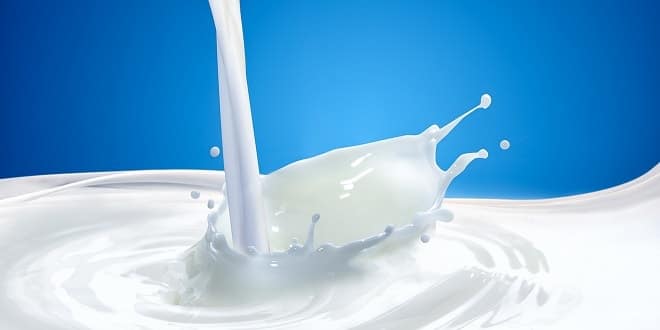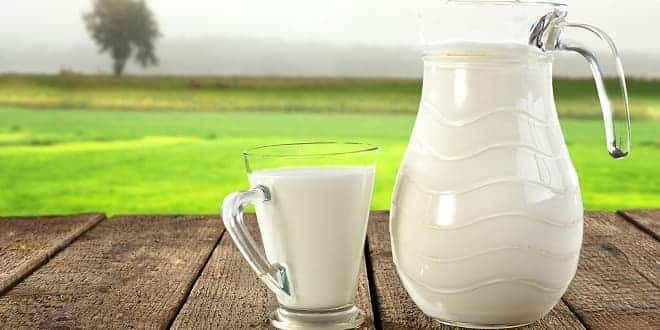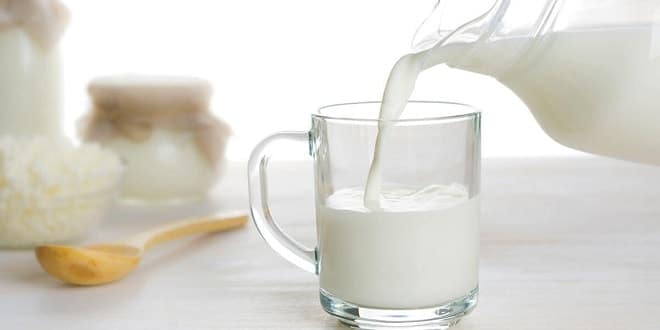Milk for Liquid
Liquid milk can be delivered to the consumer after various heat treatments: none (raw milk), pasteurized or sterilized, and either packaged or not (although sterilized milk is, of course, always packaged). The properties of liquid milk that require the most attention are safety to the consumer, shelf life, and flavor. Safety is, of course, essential and consumption of raw milk cannot be considered safe. Consequently, the delivery of raw milk is prohibited or severely curtailed in many countries. Likewise, delivering milk that is not packaged may involve health hazards. The relative importance of other quality marks depends on usage.
Milk can be consumed as a beverage, in which case flavor is of paramount importance. Most consumers tend to dislike a cooked flavor and, therefore, low-intensity pasteurization is generally preferred. Others use milk primarily in coffee or tea, in cooking, in baking, etc., where the absence of a cooked flavor is mostly not essential (if not too intense) and shelf life may be the most important quality mark. Consequently, sterilized milk is often favored.
…




